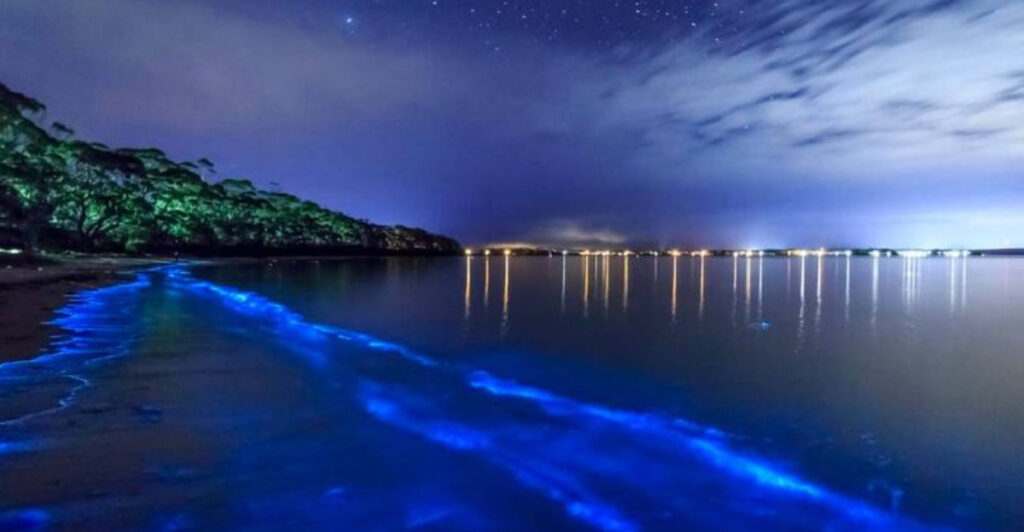Ever dreamed of an exotic getaway without the hassle of international travel? Right within American borders lie island treasures that transport visitors to seemingly foreign lands. From Caribbean vibes to Mediterranean atmospheres, these domestic islands offer cultural experiences and landscapes that feel worlds away from mainland USA. Pack your bags for these stateside escapes that deliver international flavor without requiring a passport.
Daufuskie Island: South Carolina’s Time Capsule
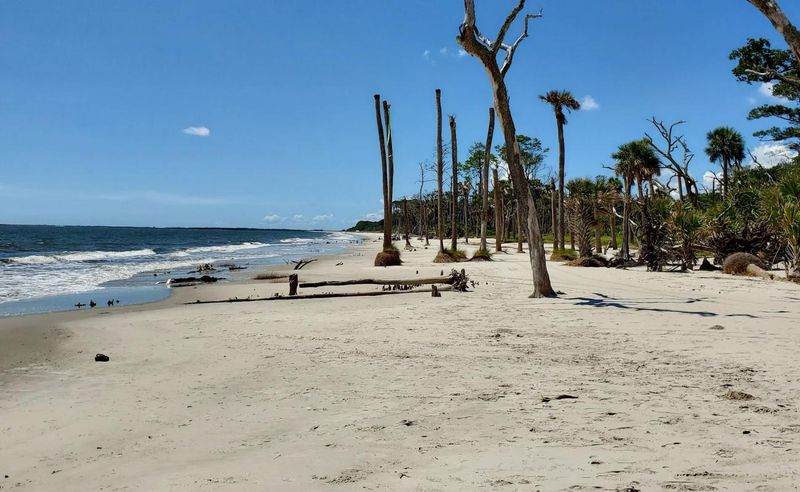
Accessible only by boat, Daufuskie Island exists in its own dimension where time moves differently. The island’s rich Gullah heritage permeates everything from the cuisine to the handcrafted sweetgrass baskets sold by local artisans. Sandy lanes replace paved roads here, with golf carts serving as the preferred transportation. Residents wave to visitors like old friends while roosters freely strut about the island’s 5,000 acres. History buffs marvel at centuries-old tabby ruins while beach lovers enjoy miles of pristine shoreline without crowds. The island’s distillery produces spirits using age-old techniques, and artists’ studios display works inspired by the island’s unspoiled beauty and cultural heritage—creating an experience more reminiscent of a hidden Caribbean gem than American soil.
Santa Catalina Island: California’s Mediterranean Mirage
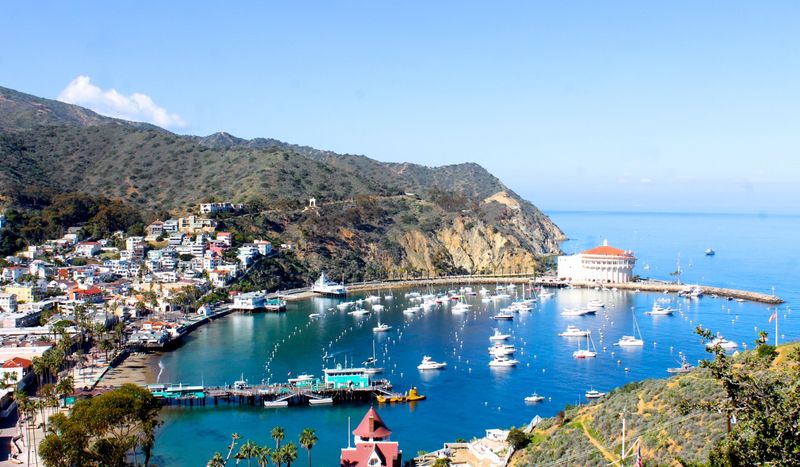
Twenty-two miles off the Southern California coast floats Santa Catalina Island, where visitors often forget they’re still in American territory. The moment you step off the ferry into Avalon’s harbor, the Mediterranean illusion takes hold—pastel-colored buildings cascade down hillsides toward crystal-clear waters. Palm trees line promenades where golf carts replace cars, creating a charming village atmosphere that feels distinctly European. Adventurers snorkel among vibrant garibaldi fish in protected coves or zip-line across canyons with panoramic ocean views. The historic Casino building—never actually a gambling establishment but a stunning Art Deco ballroom and theater—stands as the island’s crown jewel. Wild bison, descendants of animals brought for a 1924 movie shoot, roam the island’s undeveloped interior, adding to the surreal feeling that you’ve somehow wandered into an exotic parallel universe just an hour from Los Angeles.
Monhegan Island: Maine’s Rugged Artist Colony
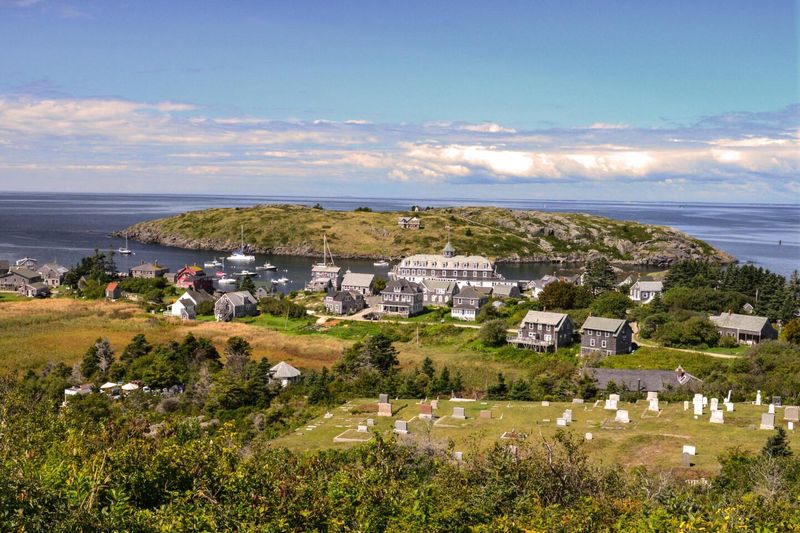
Twelve miles off Maine’s coast, Monhegan Island emerges from the Atlantic like a vision from an artist’s dream. No cars disturb the peace on this square-mile haven where lobster traps stack like sculptures along the working harbor and hiking trails lead to dramatic 160-foot cliffs. For over a century, renowned painters including Edward Hopper and Jamie Wyeth have captured the island’s raw beauty. Their legacy continues in the numerous art studios tucked between weathered cottages where visitors can watch artists at work or purchase original pieces. The island’s single brewery serves locally crafted ales in a rustic setting where fishermen and summer visitors mingle. Wildflowers blanket meadows leading to Cathedral Woods, where twisted tree formations create natural architecture reminiscent of ancient European forests. This remote outpost, with its distinctive maritime culture and artistic soul, feels more like a secluded European island than a piece of Maine.
Mackinac Island: Michigan’s Victorian Time Machine
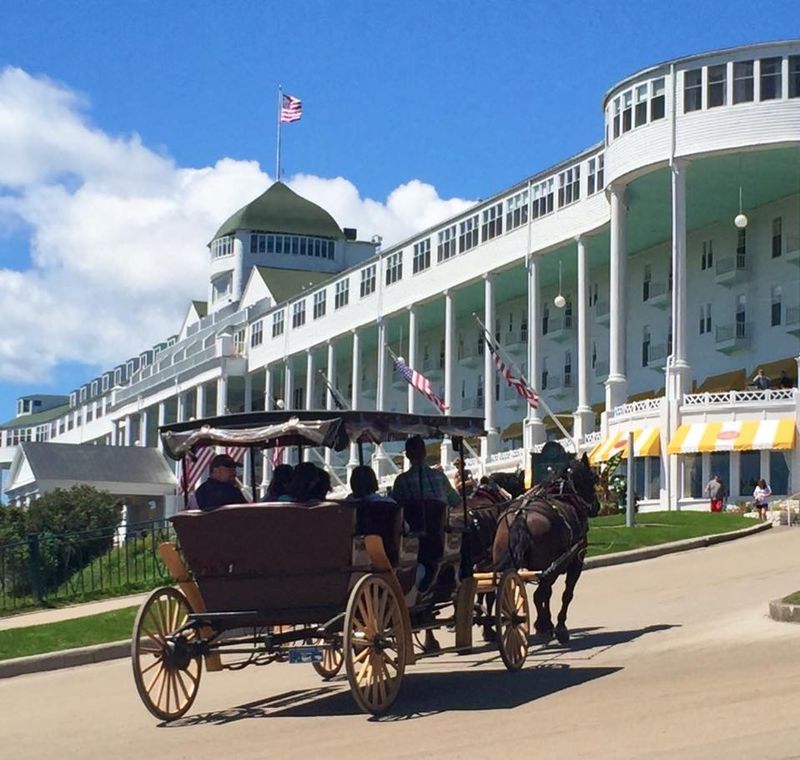
Horse hooves clop against century-old streets where automobiles have been banned since 1898. Welcome to Mackinac Island, where stepping off the ferry feels like traveling back to America’s Gilded Age—with a distinctly European flair. The island’s crown jewel, Grand Hotel, boasts the world’s longest porch, where guests in summer whites sip afternoon tea overlooking the Straits of Mackinac. Fudge shops perfume the air with sweet aromas as candy-makers fold creamy confections on marble slabs before mesmerized onlookers. Beyond the charming downtown, limestone formations create natural arches and caves throughout the island’s interior. Cyclists circle the 8-mile perimeter road, passing Victorian cottages with gingerbread trim and gardens bursting with lilacs. Fort Mackinac, established during the American Revolution, offers cannon demonstrations and sweeping views—completing an experience that feels more like visiting an English seaside resort than anywhere in the American Midwest.
Cumberland Island: Georgia’s Wild Horse Paradise
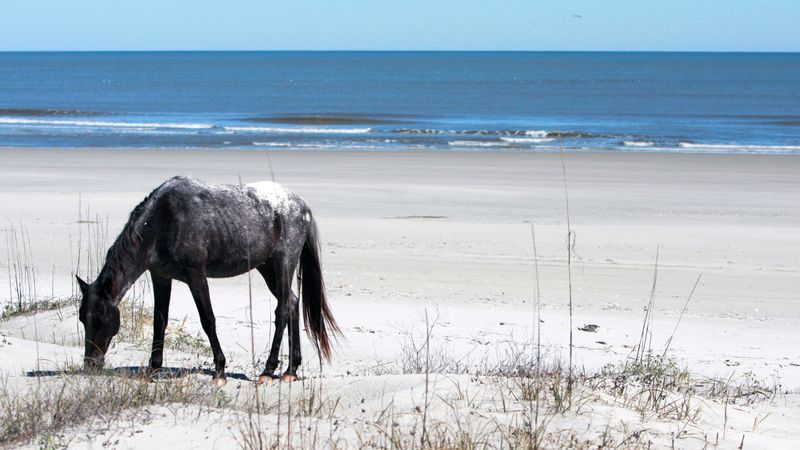
Wild horses gallop freely along 17 miles of undeveloped beaches on Cumberland Island, Georgia’s largest and southernmost barrier island. The haunting ruins of Dungeness, a Carnegie family mansion reclaimed by nature, stand sentinel amid maritime forests draped with Spanish moss. Limited ferry service maintains the island’s isolation, allowing just 300 visitors daily to experience this ethereal landscape. Loggerhead turtles nest on pristine shores while armadillos scuttle through palmetto undergrowth, creating a wilderness experience that feels more like an untamed European nature preserve than the American Southeast. The First African Baptist Church, established in 1893 and rebuilt in the 1930s, stands as a humble testament to the island’s complex history. This one-room wooden structure gained fame as the wedding site of John F. Kennedy Jr. and Carolyn Bessette. Camping beneath ancient live oaks or staying at the island’s sole accommodation—the exclusive Greyfield Inn—visitors experience a raw, untamed America that exists nowhere else.
Vieques: Puerto Rico’s Bioluminescent Wonder
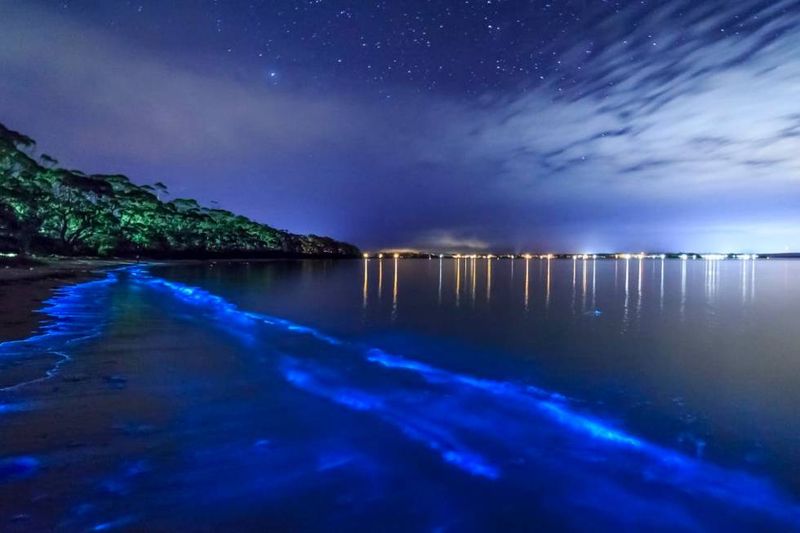
Just off Puerto Rico’s eastern coast lies Vieques, where the night sea glows with blue-green magic. Mosquito Bay contains the world’s brightest bioluminescent waters, where every movement in the water creates ethereal trails of light that seem plucked from a fantasy realm. Military testing until 2003 inadvertently preserved much of the island’s natural beauty, creating a Caribbean paradise with minimal development. Wild horses roam freely through sleepy towns and along beaches where the sand ranges from pearl white to volcanic black. The island’s Fortin Conde de Mirasol, built by the Spanish in the 1840s, houses a museum chronicling the island’s complex colonial history. Locals speak a blend of Spanish and English, serving up fresh-caught seafood at casual beachfront kiosks. Despite being U.S. soil, everything about Vieques—from its pace of life to its tropical landscape—evokes the feeling of being in a distant Caribbean nation rather than American territory.

